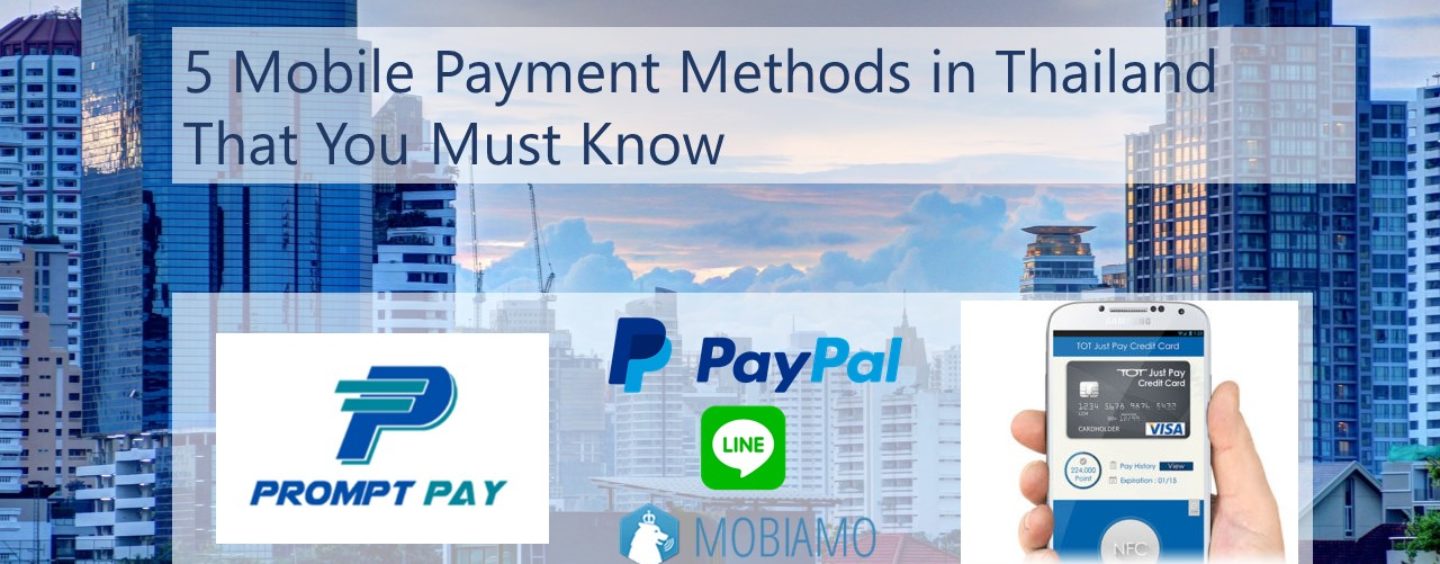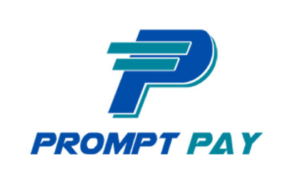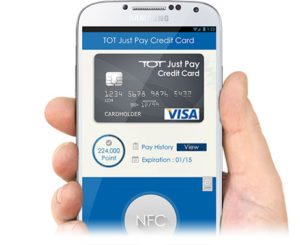Fintech services in Thailand, in recent years, are growing exponentially. In the world in general this is one of the fastest growing markets, but Asia seems to be taking up Fintech in larger numbers than ever before.
In Southeast Asia in general and Thailand in particular there has always been a great love of doing transactions in cash. However, the phenomenal growth and love affair that Thais have with their smartphones has seen nothing less than a revelation in mobile payments.
In a 2014 survey by Nielsen, 68% of Thais expressed a preference for dealing in cash. This figure has fallen steadily ever since. The country’s largest mobile operators in the country have an astonishing 97 million customers between them. Not bad for a country of 67 million population. AIS are the largest with 45 million, with DTAC (28 million) and Truemove (24 million). This almost messiah-like adherence to the smartphone within the middle class has driven the move towards mobile payments. Smartphone penetration exceeds 50%, which in a developing country is more than impressive.
Bangkok Bank has its very successful Bualuang Direct Debit system working well, and being used by a large and ever increasing number of its customers. But the new kids on the block are now taking over.
5 Mobile Payment Methods in Thailand that you Must Know:
LINE
LINE Thailand has been responsible for huge growth in the fintech sector in recent years. The global messaging service had 205 million monthly active users as of April 2015(1), with Thailand being its second largest user base in Asia with no less than 33 million users(2). Line Pay is a mobile Wallet that allows its customers to make online and in-store payments by registering their credit card with the company. Line users can also send payments to other Line users. In Japan this year they announced the launch of LINE Pay Card, a prepaid card system for paying cash registers and LINE Points, a reward system for users of various LINE services.
SMS PAYMENTS

At the same time SMS payments are growing with the likes of MOBIAMO, a simple, secure premium provider from Paymentwall, being the leading exponent. Operating in over 65 countries worldwide, all three of the leading mobile carriers support it. Services include: fraud protection; risk management; and local round the clock customer support.
PROMPTPAY
Fifteen commercial banks and four financial institutions work with PromptPay, the mobile P2P service developed by Bank of Thailand and the Thai Bankers’ Association. A spokesperson for the Bank of Thailand said, “transferees simply need to link their national ID or mobile phone numbers to their accounts for successful transactions. All banks confirmed their readiness for the official launch of public registration nationwide from July 15, 2016.”
PAYPAL

This is one of the older alternative payment services in Thailand and has been operational for a number of years now. From very early on you could send money by bumping iPhones. PayPal mobile can also be used through text messaging. The money comes out of your linked bank or credit card account, in just the same way as with other PayPal transactions.
NFC (Samsung Pay)
Near-field communication comes with the announcement from Samsung that they will launch Samsung Pay later this year. Vice president of IT and mobile communications at Thai Samsung Electronics, Wichai Pornpratang said, “Among the banks and card issuers already confirming their support for the service were Krungthai Card Co, Citibank, Kasikornbank, Bank of Ayudhya, Siam Commercial Bank and Bangkok Bank,”
This is still an understandable reticence on behalf of some Thais, who cite security concerns and the age old preference for cash as the stumbling blocks towards full acceptance, but things are definitely moving in a positive direction for mobile transfer services. As Thailand’s burgeoning middle class youth grows up, things will improve all the time. The average age of the population is about 35 years, this is higher than in neighbouring Cambodia and Vietnam. Old habits die hard, but die they will.
(1) LINE Corporation, LINE Corporation Announces 2015 Q1 Earnings, April 30, 2015
(2) Bangkok Post, Line Pay debuts in Thailand, July 15, 2015










